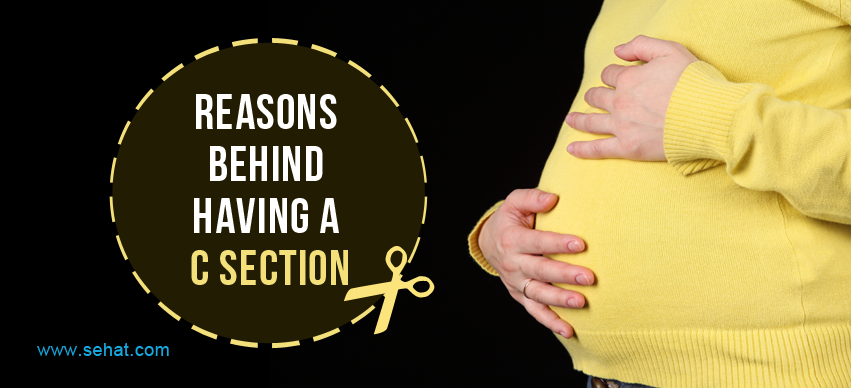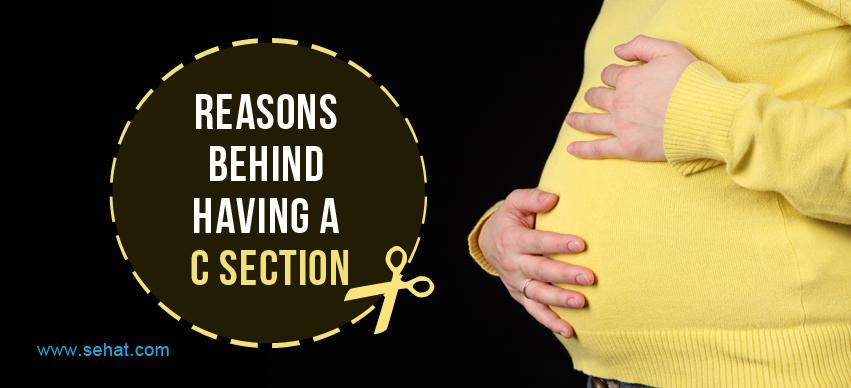Miscarriage In Early Pregnany- Signs, Causes, And Tips To Prevent
6 Min Read


Pregnancy and childbirth are the most draining tasks a woman and her partner ever go through. Every meal the mother eats, every single second of bed rest, her stress, her happiness, are all taken by the baby in the womb. Changes in her blood pressure, diabetes, and weight gain and body constitution play a vital role in deciding the kind of delivery she undergoes. Vaginal deliveries are quite common everywhere.
Of all the deliveries that happen every year, a whopping 30% are cesarean sections. Though it is not recommended that a woman undergo surgery to give birth to a baby, sometimes it is the only option available. There are plenty of reasons as to why gynecologists advise a pregnant woman and her family to opt for a c-section.
By the end of 40weeks that is the due date, the baby should be in a heads down position. Her legs near the mother's chest and her head near the pelvis is required for a vaginal delivery. Sometimes the baby is in a breech presentation which means the head is high up and the legs near the birth canal. Though some women give birth vaginally to a breech baby, it is usually not advisable. There are risks of cord entanglement around the baby's neck cutting off oxygen flow. In such cases, doctors generally do not take the risk to deliver vaginally and a c-section is performed.
Mother's Cervix Not Dilating
As the due date approaches, the mother's cervix starts dilating slowly to facilitate the baby's birth. In many cases, the dilation doesn't proceed as expected and the woman cannot push the baby out. This is when the gynecologist decides to perform a surgery to bring the baby out. When the cervix doesn’t dilate, there's no point in waiting because it puts pressure on the baby which can be life-threatening.
Not all pregnancies go on smoothly. A lot of women develop complications at one point or the other and the gynecologist labels them as high risk pregnancies. High blood pressure, gestational diabetes, epilepsy, less amniotic fluid, low hemoglobin levels in the mother are a few causes that lead to a cesarean section. In all the above cases, delivering a baby vaginally might put both of them in danger.
These two conditions are termed as very high-risk pregnancies and they are treated with utmost care. Placenta accreta is a rare condition where the placenta grows deep into the uterine walls eating up space the baby requires to grow. Bleeding and tummy ache is seen in a woman with such a disorder. Placenta previa is another condition in which the placenta grows near the pelvis, making it difficult for food to reach the fetus. Complete bed rest and an early c-section are mandatory for both the cases to avoid risk.
Both these conditions are detected during early pregnancy scans. Sometimes if the gynecologist feels the pregnancy cannot be carried on to full term she may abort the fetus in the early weeks. Depending upon the health of the mother, the baby is left to grow.
Very often we keep seeing women carrying twin or triplet babies. Since two babies depend on a single mother for nourishment and fight for space, the pregnancy is a little risky. Vaginal delivery is only possible if the babies weigh less. If they are about 3kgs each, it is impossible for the mother to push them out without complications. Sometimes the babies or the mother develop high blood pressure and cannot complete the 40week gestation. In such pregnancies, the gynecologist decides to perform a c-section much before the stipulated time to deliver the babies successfully.
Before you reach your due date, check your delivery options with your gynecologist carefully and proceed. This is only to avoid disappointment later on.